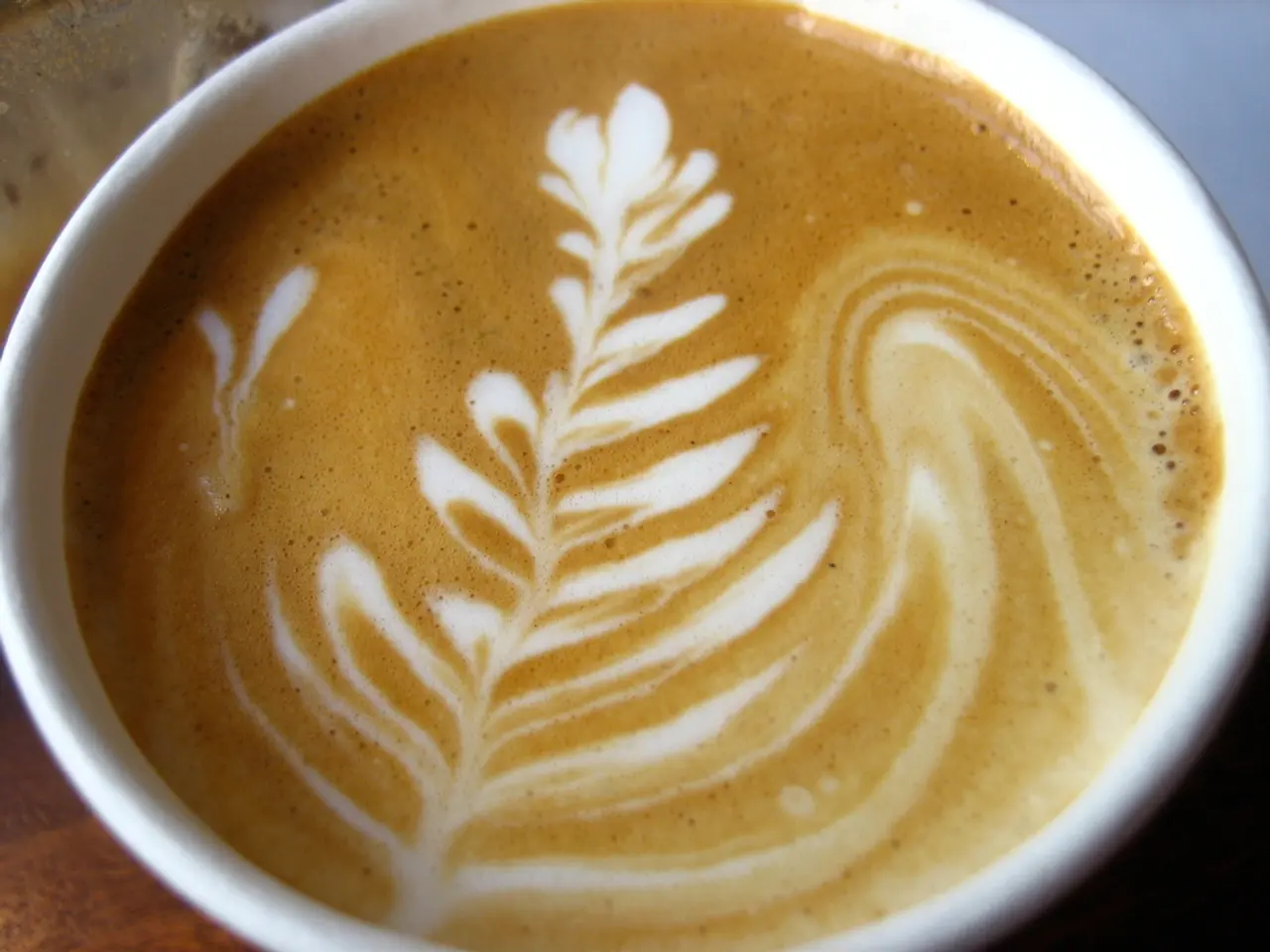Strategies for Infusing Vibrancy into Daily Routines through Color Choice
In the realm of design, fashion, and wellness, colour plays a significant role in shaping our emotions, perceptions, and behaviours. This article delves into the fascinating world of colour psychology, offering insights on how to make informed decisions when it comes to colour choices in various aspects of life.
First, let's explore the emotional influence of different colours:
- Red, often associated with energy, passion, and excitement, is commonly used by brands like Coca-Cola to evoke feelings of urgency and excitement. - Blue, symbolising trust, stability, and calmness, is often employed by tech companies to convey reliability, such as Facebook. - Yellow, representing optimism, energy, and youthfulness, is utilised by brands like McDonald's to promote happiness. - Green, associated with health, nature, and growth, is used by eco-friendly brands like Whole Foods. - Black, signifying sophistication, power, and luxury, is a staple for luxury brands like Gucci. - White, symbolising simplicity, cleanliness, and purity, is often used by minimalist brands like Apple. - Purple, associated with creativity, royalty, luxury, and wisdom, is used by brands like Cadbury to convey luxury. - Orange, signifying enthusiasm, friendliness, and confidence, is often used for calls to action.
Understanding these associations can help businesses strategically leverage colour psychology to influence consumer perceptions and purchasing decisions. For instance, brands can build brand recognition and consistency by using consistent colour schemes, such as Coca-Cola's iconic red or Starbucks' green. They can also create emotional connections by selecting colours that align with their brand values and message, like blue for tech companies to convey trust and reliability.
Moreover, contrast and visibility are crucial factors to consider. High-contrast colours can increase readability and engagement, while bright colours can encourage clicks and engagement, particularly for calls to action. However, it's essential to be aware of cultural differences in colour perception, ensuring that your colour choice aligns with your target audience's cultural background.
Incorporating colour into everyday life can reap numerous benefits. For example, using softer and muted colours like pastels can create a sense of calm and tranquility, both in fashion and home decor. On the other hand, bright and bold colours can stimulate senses, add visual interest, and boost energy levels, making one feel more motivated and confident.
In the realm of exercise, wearing bright and bold colours can make one feel more energetic and motivated during a workout. Similarly, exercising outdoors in natural settings with vibrant foliage or scenic views can provide an extra dose of colour therapy to exercise routines.
In the kitchen, using a variety of colourful fruits and vegetables in a salad can not only add a range of nutrients and flavours but also create a visually appealing and balanced meal. Additionally, using colourful garnishes like fresh herbs or edible flowers can elevate the presentation of a dish.
Lastly, understanding colour psychology can also help in making informed decisions when selecting colours for one's home, wardrobe, workspace, and other aspects of life. For instance, using warm tones like reds, oranges, or yellows in the living room can add energy and warmth, while green can promote a sense of calm and relaxation in a work space. Blue can enhance productivity and focus in a work space, and adding pops of bright colours like yellow or orange can stimulate creativity and energy.
In conclusion, harnessing the power of colour can significantly impact our mood, creativity, and overall well-being. By understanding colour psychology and its emotional influences, we can make informed decisions that resonate with our personal preferences and enhance our daily experiences.
- These insights from colour psychology can extend beyond business and design, impacting personal choices such as mental-health practices, as certain colours might promote relaxation or boost energy levels.
- In the health-and-wellness sector, understanding the emotional influences of colours can help in creating a lifestyle that fosters positive emotions and encourages well-being. For example, wearing specific colours might influence one's mental state during meditation or yoga.
- In the realm of food-and-drink, being knowledgeable about colour psychology allows for the creation of visually appealing and balanced meals that not only provide varying flavours but also contribute to a positive mental state and overall wellness. This could involve incorporating fresh fruits and vegetables of different colours into meals or using colourful garnishes.




